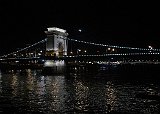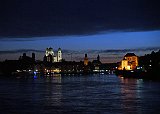 Movement of the Legend to Passau Movement of the Legend to Passau |
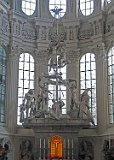 High Altar in St. Stephen's Cathedral High Altar in St. Stephen's Cathedral |
 Old Town Passau Panorama from the Upper Fortress Old Town Passau Panorama from the Upper Fortress |
 Old Town Passau Viewed from Danube River Bridge Old Town Passau Viewed from Danube River Bridge |

|
 View of old Town Salzburg from Castle View of old Town Salzburg from Castle |
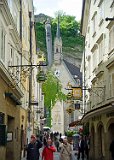 Getreidegasse (street) in Old Town Salzburg Getreidegasse (street) in Old Town Salzburg |
 Ars Electronica Center Light Show Ars Electronica Center Light Show |

|
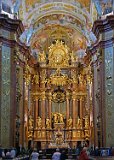 High Altar Melk Abbey Church High Altar Melk Abbey Church |
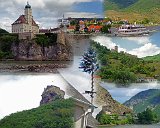
|
 Statue of Richard the Lionheart and Blondel Statue of Richard the Lionheart and Blondel |

|
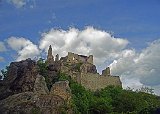
|
 View from the Castle Dürnstein Ruins View from the Castle Dürnstein Ruins |
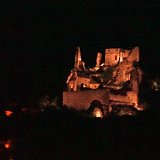 Castle Dürnstein Ruins at Night Castle Dürnstein Ruins at Night |
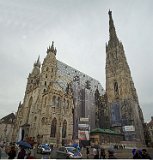
|
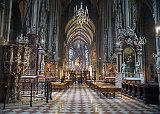 St. Stephen's Cathedrial Interior St. Stephen's Cathedrial Interior |
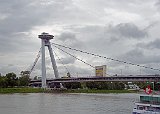
|
 Panoramic View from UFO Bridge Observation Deck Panoramic View from UFO Bridge Observation Deck |
 Bratislava Wimsical Statues - Napoleonic Soldier Bratislava Wimsical Statues - Napoleonic Soldier |
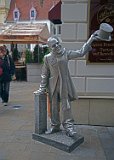 Bratislava Wimsical Statues - Schone Naci Bratislava Wimsical Statues - Schone Naci |
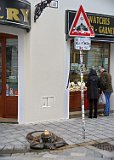 Bratislava Wimsical Statues - Cumil. Man at work Bratislava Wimsical Statues - Cumil. Man at work |
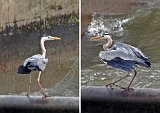
|
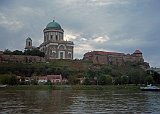
|
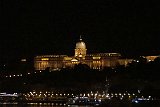 Buda Castle at Night from the Danube River Buda Castle at Night from the Danube River |
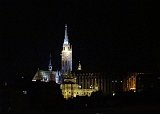 Matthias Church and Fisherman's Bastion at Night from the Danube River Matthias Church and Fisherman's Bastion at Night from the Danube River |
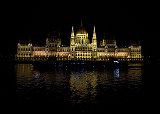 Hungarian Parliament Building at Night from the Danube River Hungarian Parliament Building at Night from the Danube River |


























